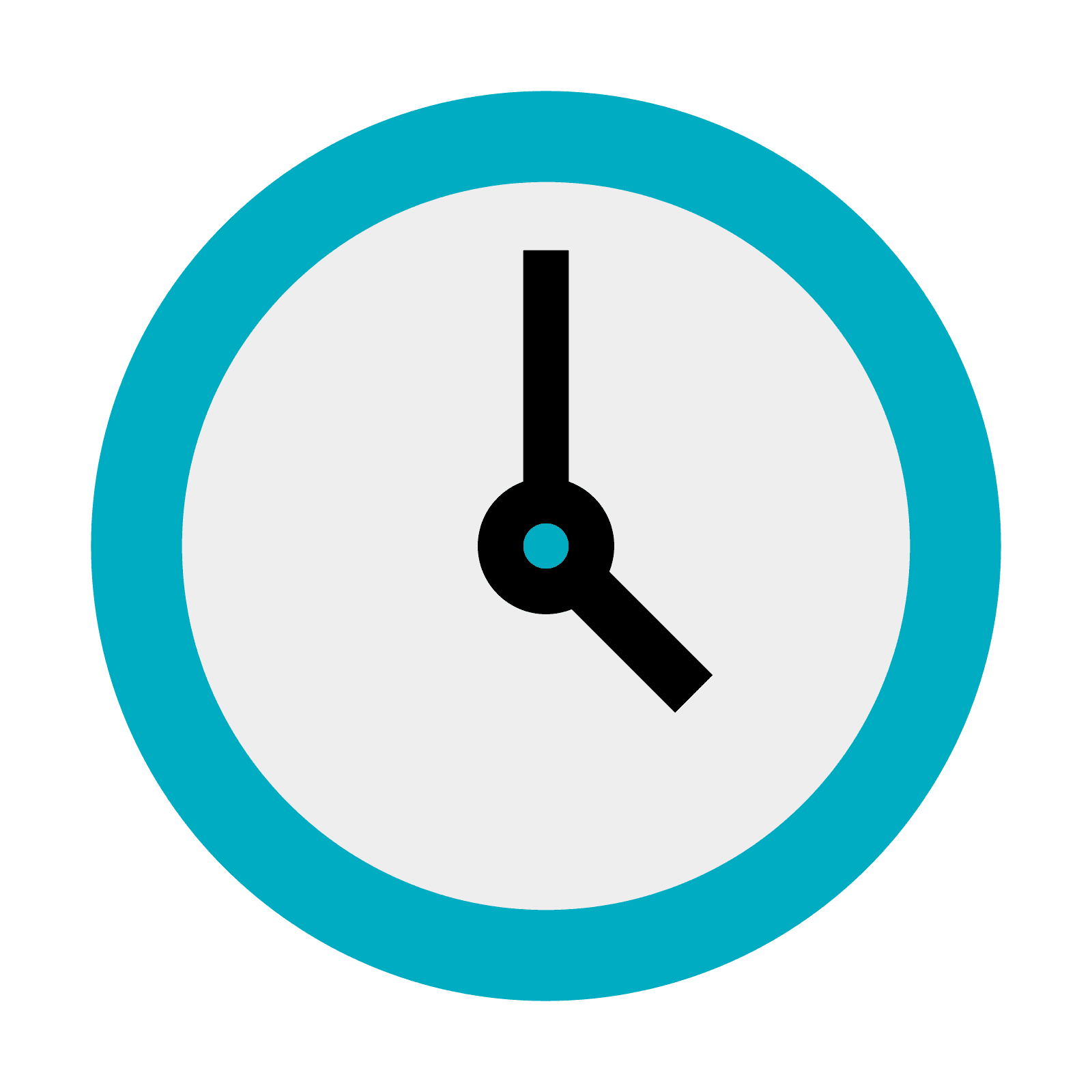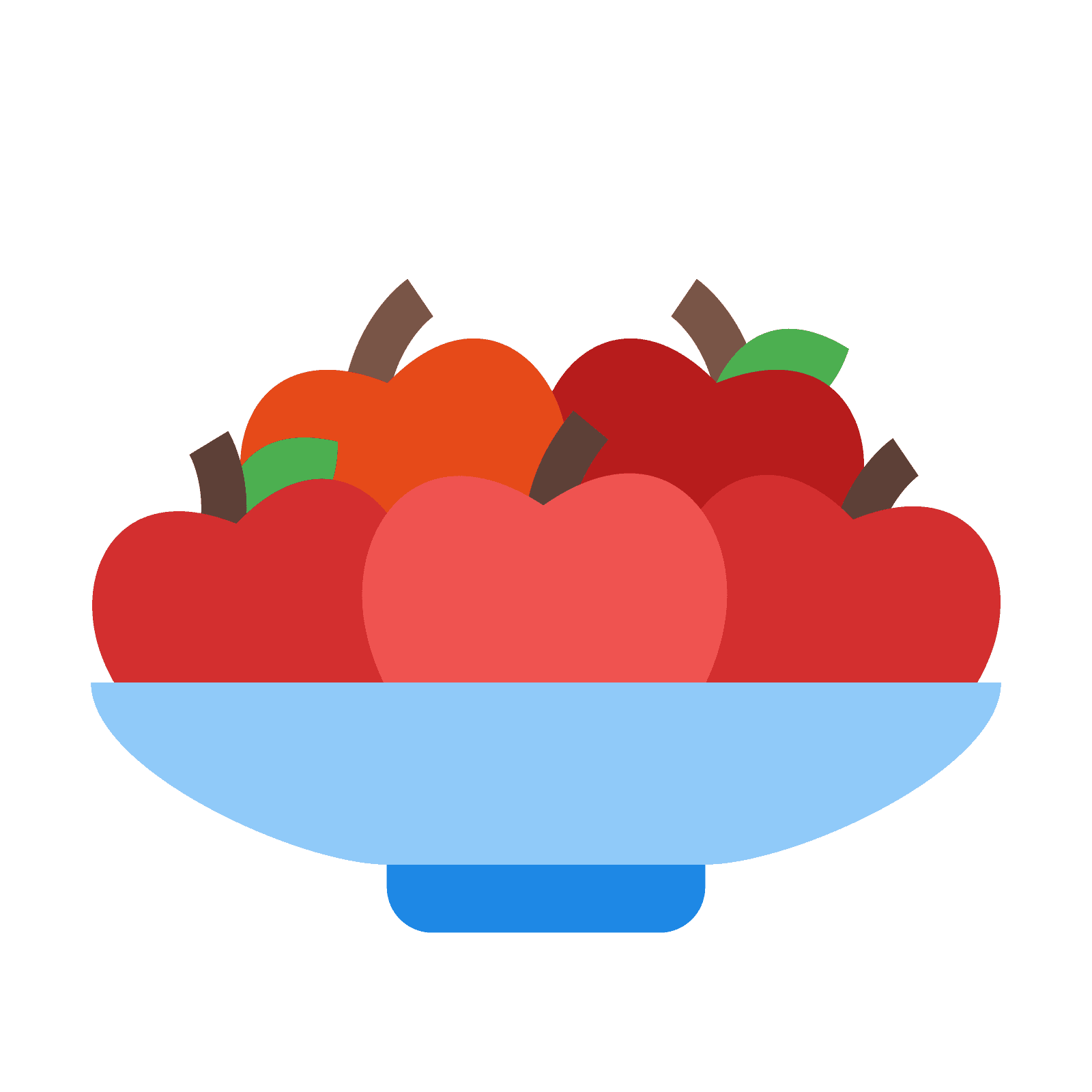
The Basics
Hypertension (High Blood Pressure)
What is Hypertension? Learn how to measure and manage your blood pressure with diet, exercise, and medicines.
Medically Reviewed By:
Dr. Mark Kranis
Last Updated:
December 22nd, 2022
What is Hypertension?
Blood moves through our body to bring oxygen from our heart and lungs to our organs. Blood pushes on our vessels as it moves. We measure blood pressure as the pressure of blood pushing against the walls of our arteries.
Hypertension means high blood pressure. Your arteries may be too narrow, or your heart may be pumping too much blood. Over time, too much pressure can damage our vessels and organs.

Types of Hypertension
Most patients with high blood pressure have primary hypertension, also called essential hypertension. We don't know what causes essential hypertension, but there are a few risk factors.
For other patients, we know exactly what causes the high blood pressure. This is called secondary hypertension. Some common causes are kidney disease, hormones, supplements, and medication.
Managing Hypertension: Foods

What Foods?
Your diet should have a balance between the major food groups:
Fruits like apples, oranges, bananas, berries, and grapes
Vegetables like broccoli, lettuce, carrots, tomatoes, and peppers
Starches and Grains like bread, rice, pasta, and potatoes
High Protein foods like lean meat, fish, eggs, beans, and meat substitutes (like tofu)
Dairy like milk, yogurt, and cheese
You can manage your food groups with the plate method. Fill:
Half your plate with non-starchy vegetables
One-quarter of your plate with fruits, starchy vegetables, and grains
One-quarter of your plate with protein foods
Your drink with water or low-fat or fat-free milk (dairy) or side with yogurt
Try to limit:
Fried foods and foods high in saturated fat and trans fat
Foods high in sodium (‘salt’)
Desserts like donuts, candy, cake, and ice cream
Sugary drinks like soda, juice, and sports drinks
When?
Eating is a powerful signal to raise blood sugar. Everyone’s meal schedule depends on their medication and insulin timing. Generally, it’s a good idea to eat about three times a day, every 4-6 hours. In between, have snacks if you’re hungry.


How Much?
You can manage your portions by counting the total number of calories you eat in a day. Your goal depends on your metabolism, weight, gender, age, and activity. Talk to your doctor about how much to eat.
If you don’t want to count calories, you can start by using the plate method with a plate that’s 9 inches wide.
The USDA created MyPlate, a website with recipes and flexible guidelines for healthy eating. You can always talk to your doctor/dietician and find an eating plan that’s right for you.
Managing Hypertension: Exercise

Regular physical activity can help you manage hypertension, maintain a healthy weight, lose weight, and feel happier. A healthy goal is 150 minutes of moderate-intensity exercise per week, which means 20-25 minutes every day. There are a variety of moderate-intensity physical activities, like:
Brisk walking
Jogging/Running
Swimming
Biking
Mowing the Lawn
Sports like Basketball, Soccer, and Tennis
Learn More
American Heart Association:
https://www.heart.org/en/health-topics/high-blood-pressure/the-facts-about-high-blood-pressure/what-is-high-blood-pressure
CDC: https://www.cdc.gov/bloodpressure/about.htm
NIH’s NHLBI: https://www.nhlbi.nih.gov/health/high-blood-pressure
Mayo Clinic: https://www.mayoclinic.org/diseases-conditions/high-blood-pressure/symptoms-causes/syc-20373410
